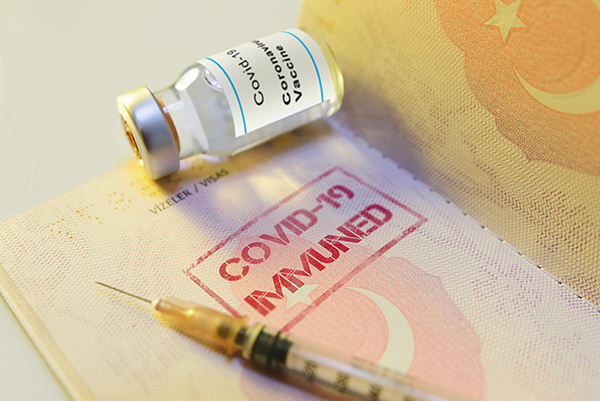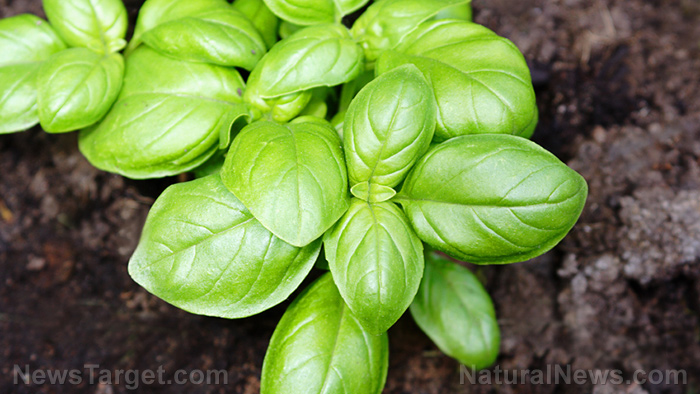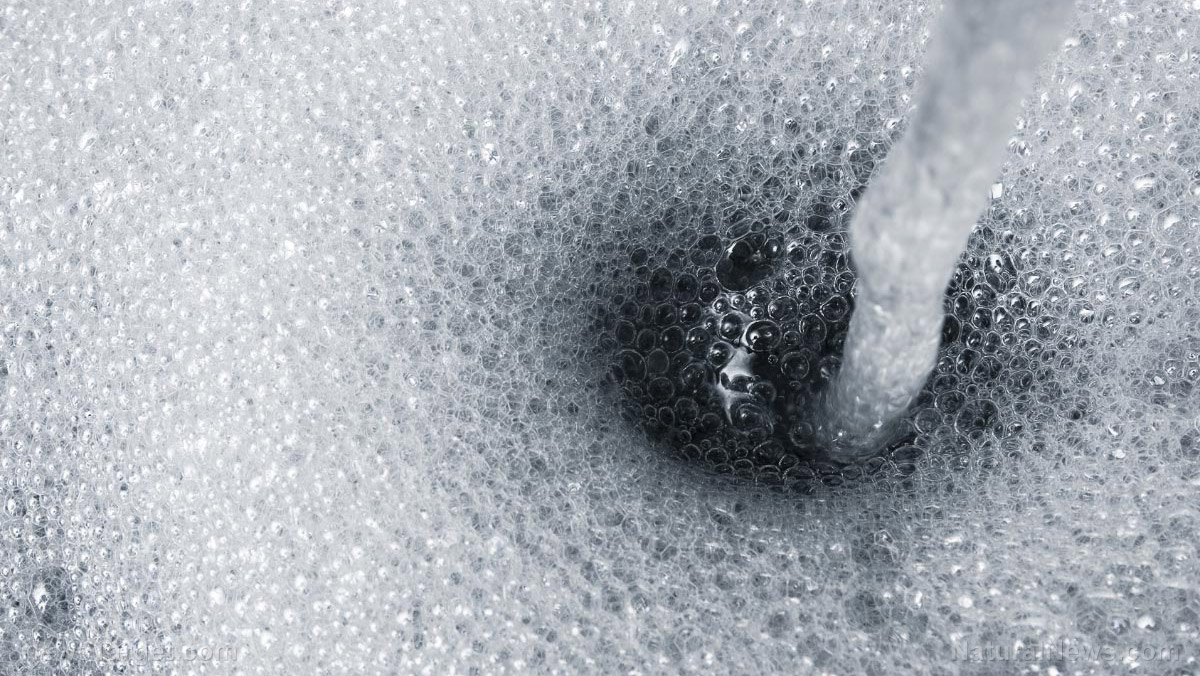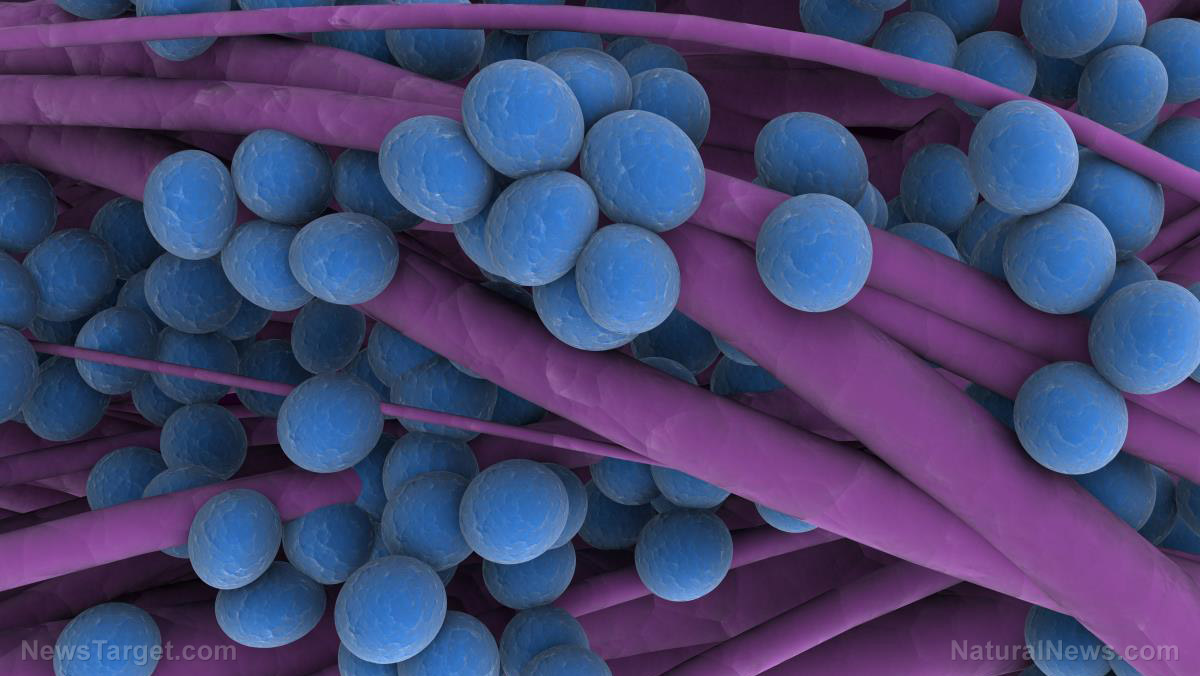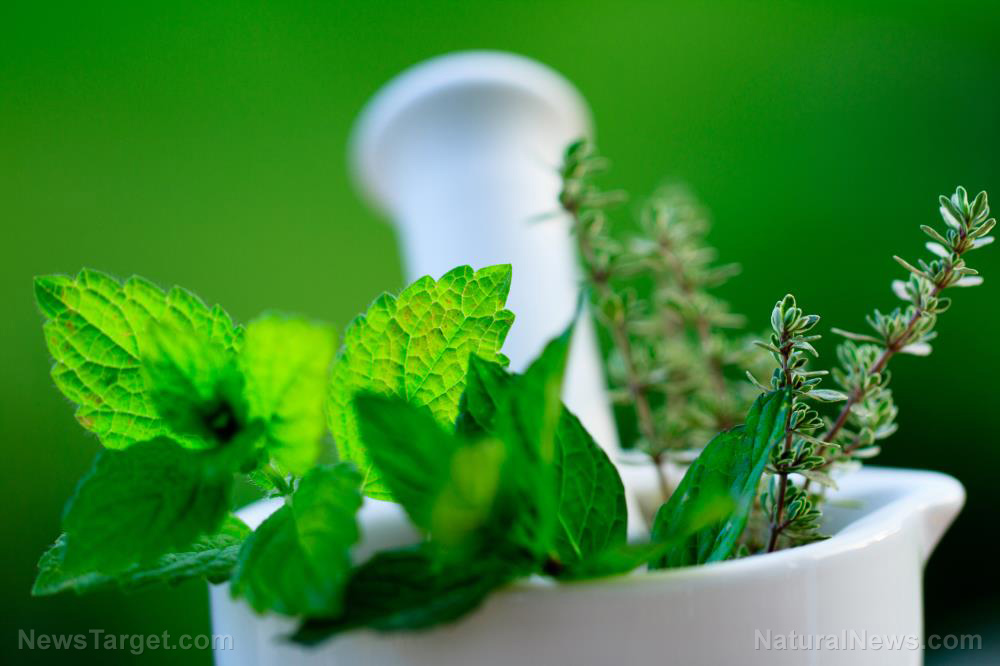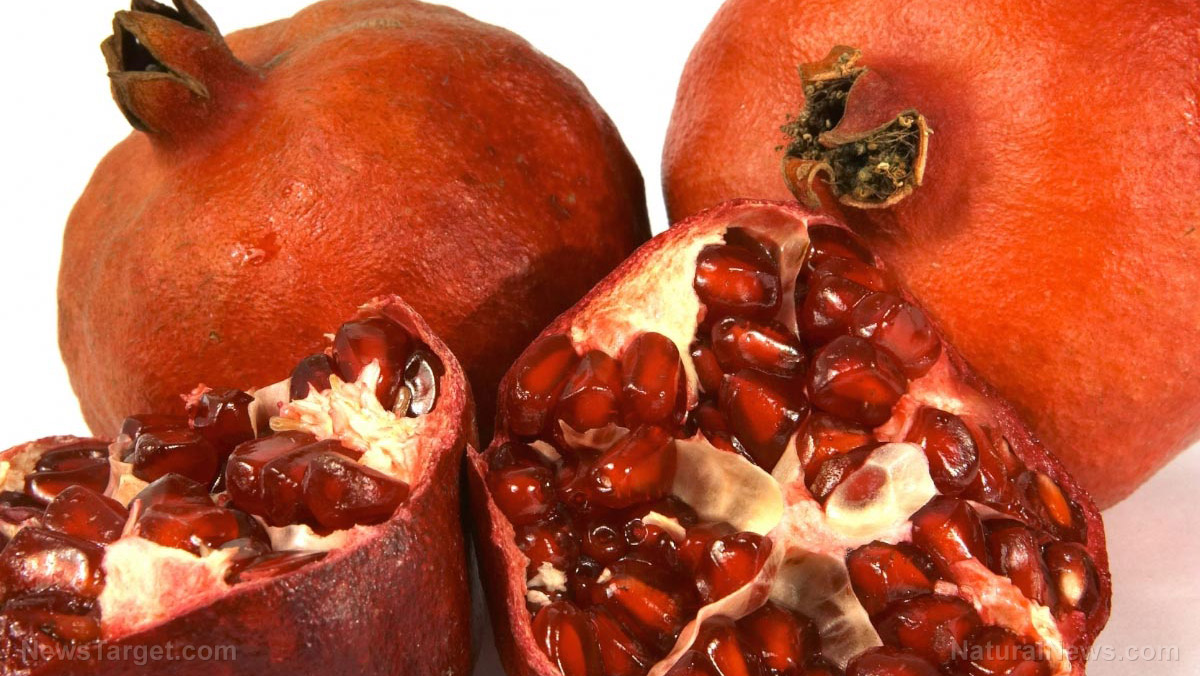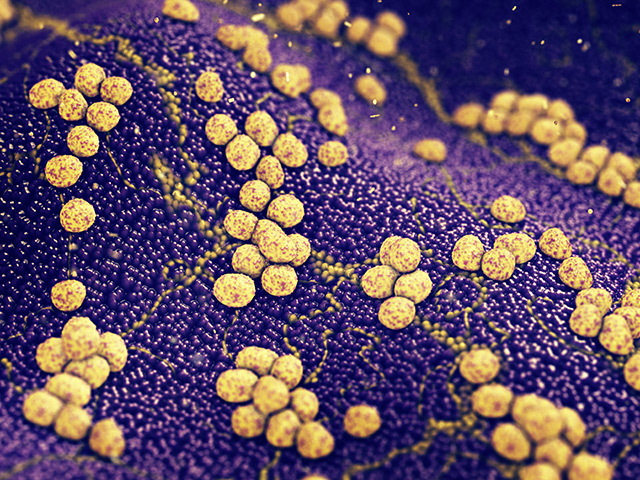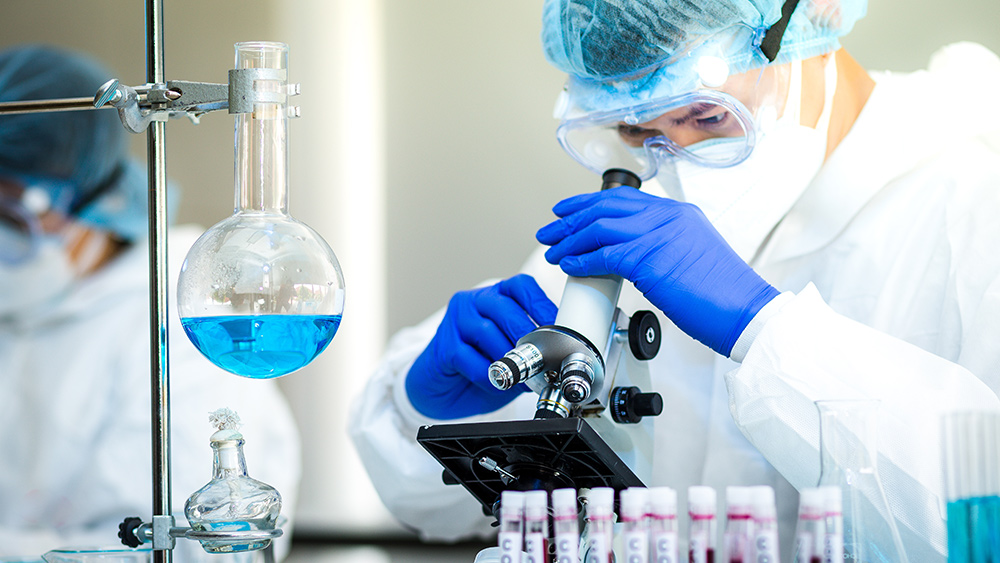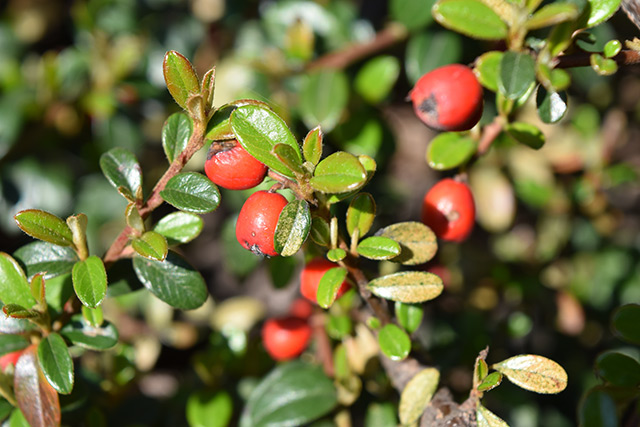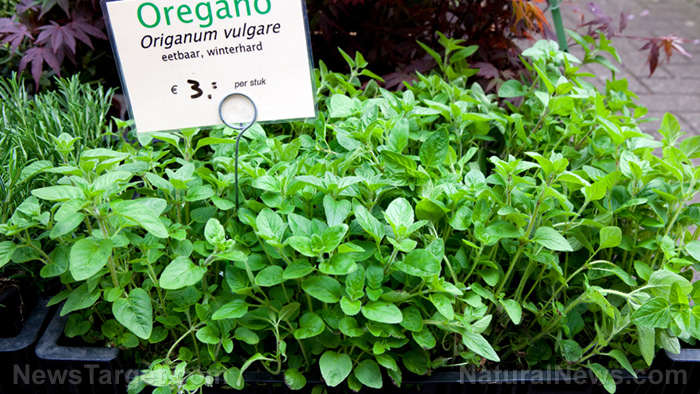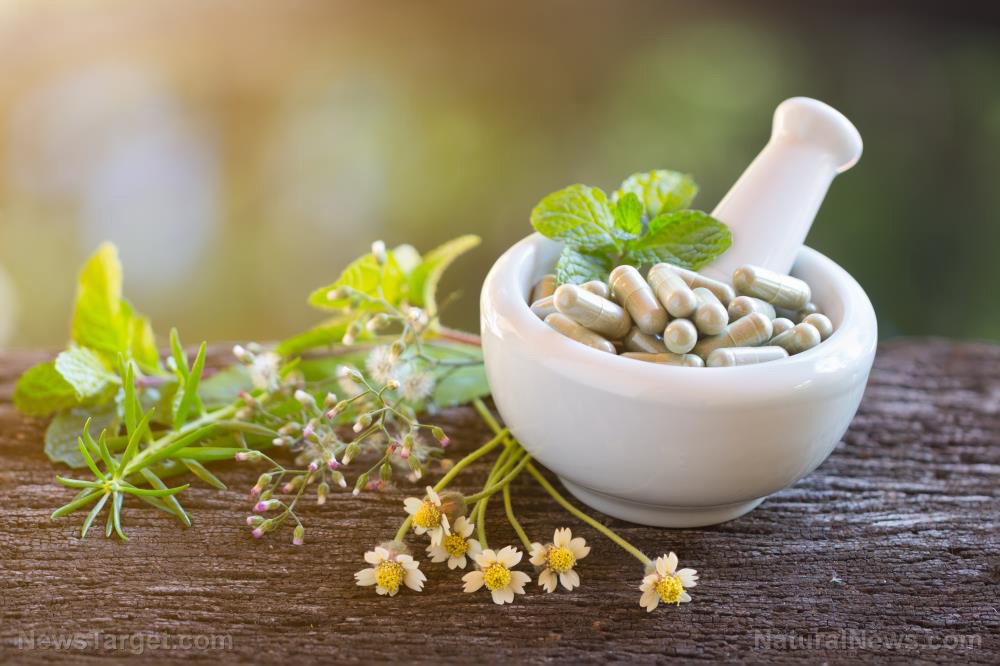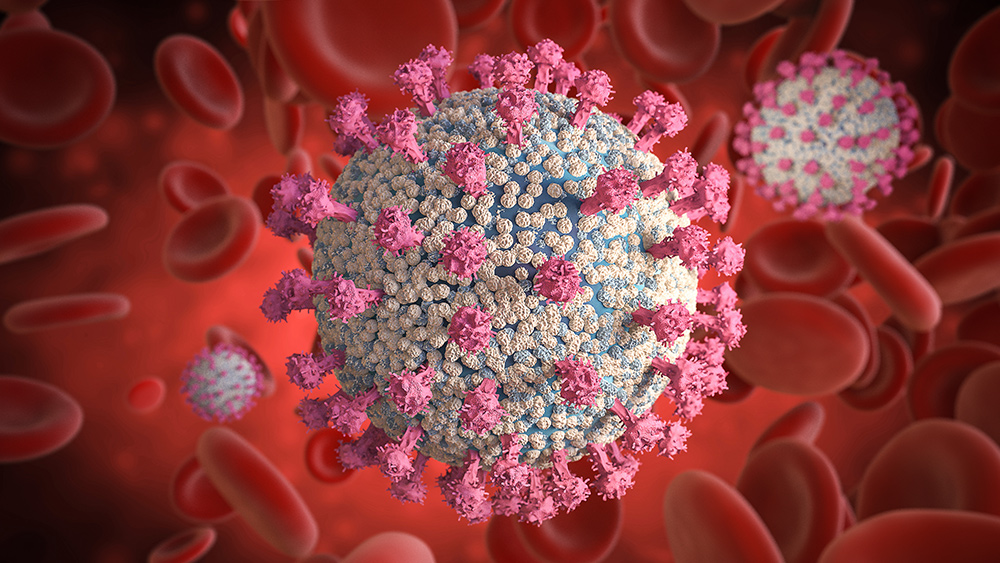Medicinal plants from the sedge family are rich in antioxidant and antimicrobial agents
01/28/2021 / By Evangelyn Rodriguez
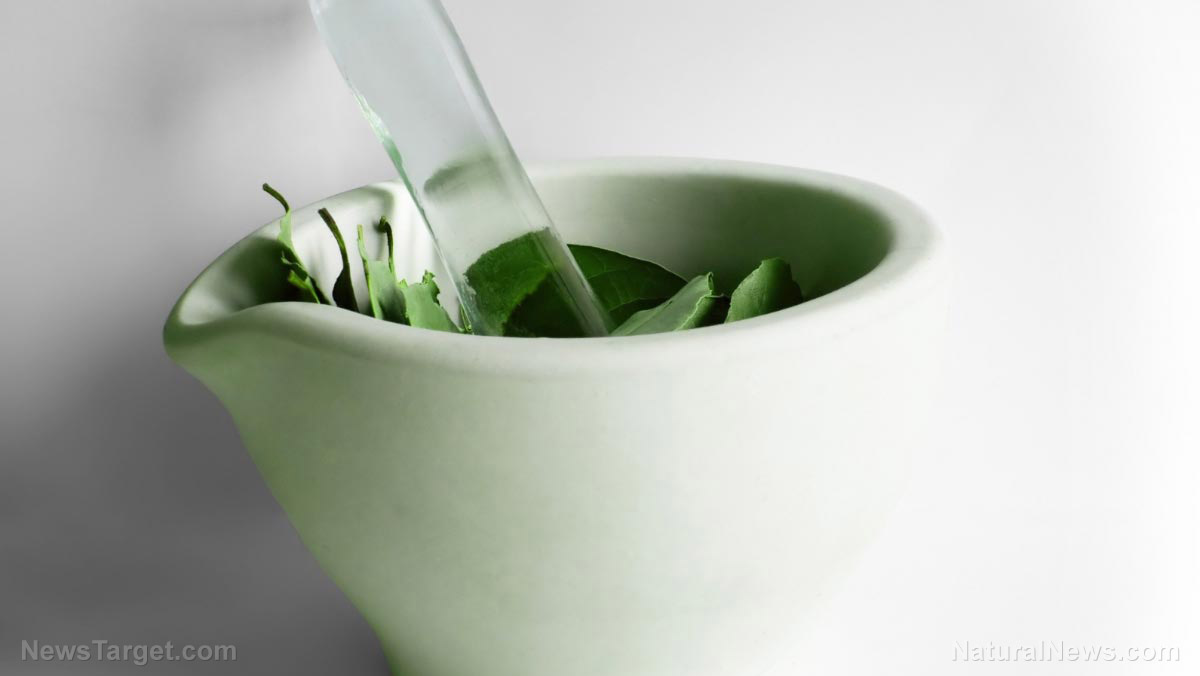
The Cyperaceae, or sedge, family is a family of flowering plants that grow in wet regions around the world. It contains around 5,000 different plant species, many of which have shown remarkable biological properties in in vitro and in vivo studies. According to researchers, plants from the sedge family owe their health-promoting properties to the high amounts of phenols and flavonoids they contain. These properties include antioxidant, anti-inflammatory, antimicrobial and anti-cancer properties, among others.
In a recent study, researchers at the Federal University of Alagoas in Brazil investigated the biological and chemical properties of three representative plants from the sedge family, namely, Kyllinga odorata (fragrant spikesedge), Oxycaryum cubensis (Cuban bulrush) and Rhynchospora nervosa (white star sedge). They specifically looked at the antimicrobial and antioxidant potentials of these medicinal plants and sought to identify the compounds responsible for their uses. The researchers reported their findings in an article published in the Journal of Medicinal Plants Research.
Plants in the sedge family are rich sources of natural antioxidant and antimicrobial agents
Many species from the sedge family have attracted scientific interest because of their abundance of antimicrobial components. The researchers chose fragrant spikesedge because of its history of use as a traditional medicine in Paraguay. Previous studies also suggest that it has diuretic, antispasmodic, antidiarrheal and astringent properties that can be attributed to its flavone and tannin content.
Meanwhile, plants from the genus Rhynchospora, to which white star sedge belongs, have been found to contain plenty of natural antimicrobial agents. In contrast, plants from the genus Oxycaryum have not been examined for their biological properties despite reports of their medicinal uses. (Related: Survival tips and tricks: 5 NATURAL antibiotics in your kitchen.)
For their experiment, the researchers prepared hydroalcoholic extracts from the aerial and underground parts of fragrant spikesedge, Cuban bulrush and white star sedge. They then analyzed the extracts’ phytochemical composition, quantified their total flavonoid and phenol content, and evaluated their in vitro antioxidant activities.
In addition, the researchers evaluated the in vitro antimicrobial activities of the ethyl acetate and chloroform fractions of the three extracts, then used chromatography to analyze their bioactive components. The researchers were able to identify several phytochemicals, such as chlorogenic acid, myricitrin, catechin, apigenin, quercetin, luteolin, chrysin and rutin.
Chlorogenic acid, a compound found in apples, artichokes and coffee beans, is said to be effective at preventing weight gain, protecting against fatty liver disease and improving insulin sensitivity. Myricitrin, which is found in berries, tea and grapes, exhibits anti-allergic activity and has also been reported to have antiviral and antimicrobial properties.
Meanwhile, catechin, apigenin and quercetin are known for their antioxidant, anti-inflammatory and antimicrobial properties. Luteolin also exerts similar effects and has even displayed anti-tumor activities both in vitro and vitro. Chrysin, on the other hand, can boost testosterone levels and is found in abundance in honey and propolis, while rutin, a plant pigment found in certain fruits and vegetables, can help strengthen the blood vessels, improve blood circulation, prevent blood clots and lower blood cholesterol levels, among other benefits.
The hydroalcoholic extract derived from the aerial parts of white star sedge contained the highest amounts of flavonoids and phenols. The researchers attributed the excellent antioxidant activity shown by the white star sedge extract to the presence of these active compounds.
Meanwhile, the chloroform fraction of the underground parts of white star sedge, Cuban bulrush and fragrant spikesedge showed the greatest inhibitory activities against Candida albicans, Staphylococcus aureus and Pseudomonas aeruginosa, three microbial pathogens that commonly cause infections in humans.
Based on these findings, the researchers concluded that the aerial parts of white star sedge are good sources of antioxidant agents, while the underground parts of the three plants are excellent sources of natural antimicrobial agents.
Sources include:
Tagged Under: alternative medicine, Antimicrobial, antioxidants, disease treatments, microbial infections, natural antibiotics, natural cures, natural medicine, phytonutrients, plant medicine, remedies, research, sedges
RECENT NEWS & ARTICLES
COPYRIGHT © 2017 NATURALANTIBIOTICS.NEWS
All content posted on this site is protected under Free Speech. NaturalAntibiotics.news is not responsible for content written by contributing authors. The information on this site is provided for educational and entertainment purposes only. It is not intended as a substitute for professional advice of any kind. NaturalAntibiotics.news assumes no responsibility for the use or misuse of this material. All trademarks, registered trademarks and service marks mentioned on this site are the property of their respective owners.

